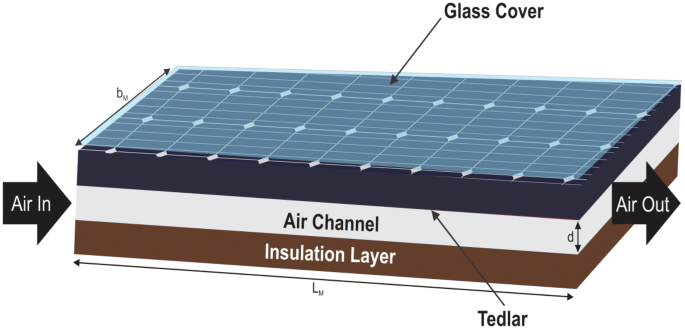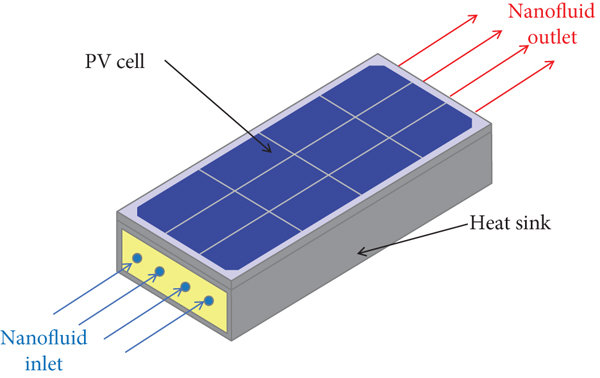Solar photovoltaic thermal technology (PVT) is a type of solar collector that generates both electricity and heat from the sun’s energy. Here is an overview of the evolution of solar photovoltaic thermal technology:
- Early development: The first solar photovoltaic thermal collectors were developed in the 1970s and 1980s. These early designs used flat-plate solar collectors to generate both electricity and heat.
- Advances in technology: Over the past few decades, advances in technology have led to the development of more efficient and cost-effective solar photovoltaic thermal collectors. These include improvements in materials, design, and manufacturing processes.
- Integration with buildings: The integration of solar photovoltaic thermal collectors with buildings has become increasingly popular in recent years. This involves incorporating the collectors into the building’s design to provide both electricity and heat for the building’s energy needs.

- Hybrid systems: Hybrid solar photovoltaic thermal systems have also been developed, which combine the technology with other renewable energy sources such as wind or geothermal energy.
- Efficiency improvements: The efficiency of solar photovoltaic thermal collectors has improved significantly over the years, with some modern designs achieving efficiencies of up to 80%.
- Cost reduction: The cost of solar photovoltaic thermal technology has also decreased over time, making it more accessible to a wider range of consumers and industries.

Overall, the evolution of solar photovoltaic thermal technology has been driven by advancements in technology, improvements in efficiency and cost-effectiveness, and the growing demand for renewable energy sources. As these factors continue to evolve, the technology is likely to see further advancements and innovations in the years to come.